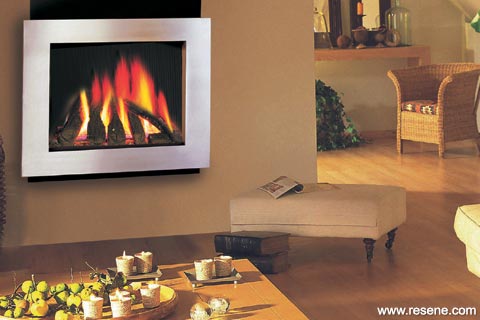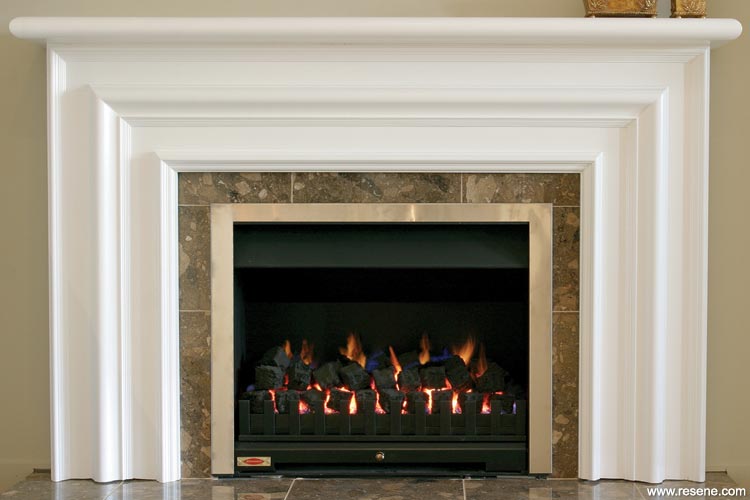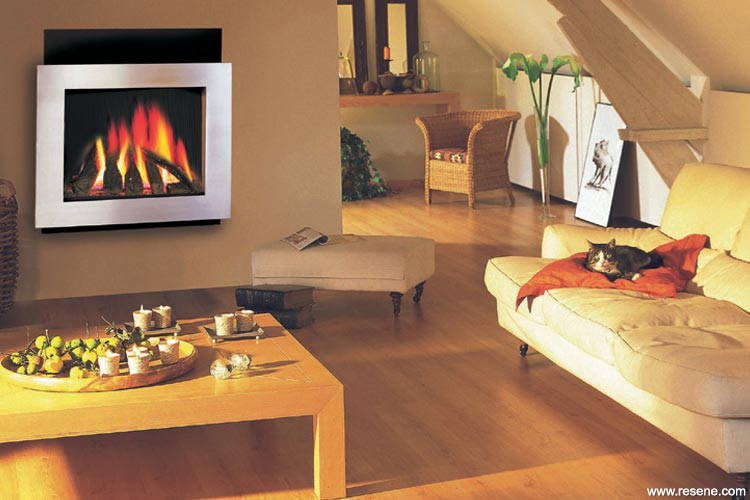From Habitat magazine - issue 02
Home heating has become a primary source of air pollution in many urban areas. One of the new national environmental standards that came into force last October looks set to change all that.

Despite a low population density and close proximity to the sea, there are more than 28 urban centres across New Zealand that show unacceptable levels of air pollution. Due to growing concerns regarding poor air quality in a number of these regions, October 2004 saw the implementation of a government-approved environmental standard designed to address the problem. Basically, there are now parts of the country where it is illegal to install open fires or non-compliant woodburners in order to heat your home.
Based on comprehensive consultation, research and scientific evidence, the standards require councils and communities to work together to help reduce fireplace emissions. They are the result of studies into the effects of dioxins and other toxins, investigations of outdoor air quality in urban areas, and the design of woodburners. Local councils are now obliged to monitor and publicly report on air quality if pre-set levels are exceeded.

Volatile organic compounds (VOCs) in paint can affect your indoor air quality. Look for low VOC emission paints from the Resene Environmental Choice range.
One key area to be targeted in rectifying the issue is the use of open fires and woodburners. The government aims instead to encourage homeowners to consider more environmentally sound heating options.
In September 2005, a revised design standard for new woodburners came into effect. Previously, there has been no mandatory emission level for woodburners installed in most regions of New Zealand, although a large proportion of such appliances have been tested to New Zealand Standard 4013 and comply with the 4.0g/kg emission limit specified in that rating.
Implementing a national standard for wood-burners will entail appliance testing and approving, and will incur administration and compliance monitoring costs. The standard will also result in a reduced choice of burners available on the market for householders, and manufacturers being unable to sell appliances not meeting the required emission limit.
New Zealand homes have not traditionally been designed for warmth or energy efficiency. As a result, many of them take a fair amount of energy to heat. To coincide with the introduction of the new standard, the Ministry for the Environment is working with Energy Efficiency and the Conservation Authority on an initiative named the Warm Homes Project.
This scheme, based on a national survey 2004, initially looked into how families heated and insulated their homes, and what influenced consumer choices in this regard. It also looked at how households could be encouraged to make their homes more energy efficient by such means as upgrading insulation and considering switching to greener energy sources, such as gas.

More than two billion people worldwide continue to depend on solid fuels, including biomass fuels (wood, dung, agricultural residues) and coal, for their energy needs.
Cooking and heating with solid fuels on open fires or traditional stoves results in high levels of indoor air pollution.
Indoor smoke contains a range of health-damaging pollutants, such as small particles and carbon monoxide. Particulate pollution levels may be 20 times higher than accepted guideline values.
To combat this substantial and growing burden of disease, WHO has developed a comprehensive programme focusing on a thorough evaluation of the various health and broader impacts of interventions to reduce indoor air pollution; and encouraging and supporting the assessment of the national burden of disease due to indoor air pollution, and the cost-effectiveness or cost-benefit analyses of interventions.
WHO recommends your home is kept warm. A warmer home reduces the risk of many respiratory and cardiovascular diseases.
words: Keri Bridgwater
pictures: Courtesy of The Fireplace
Search habitat magazine stories
Printed copies of habitat highlights are available from late March 2024 at Resene ColorShops and resellers, while stocks last. You can view back issues of habitat magazine online.
Specifiers:
If you have an idea, project or story that you think would suit habitat, we’d love to hear from you. Please drop us an email with your details and include photos if submitting a project.
Sign up for a DIY card and Save! Australia | New Zealand